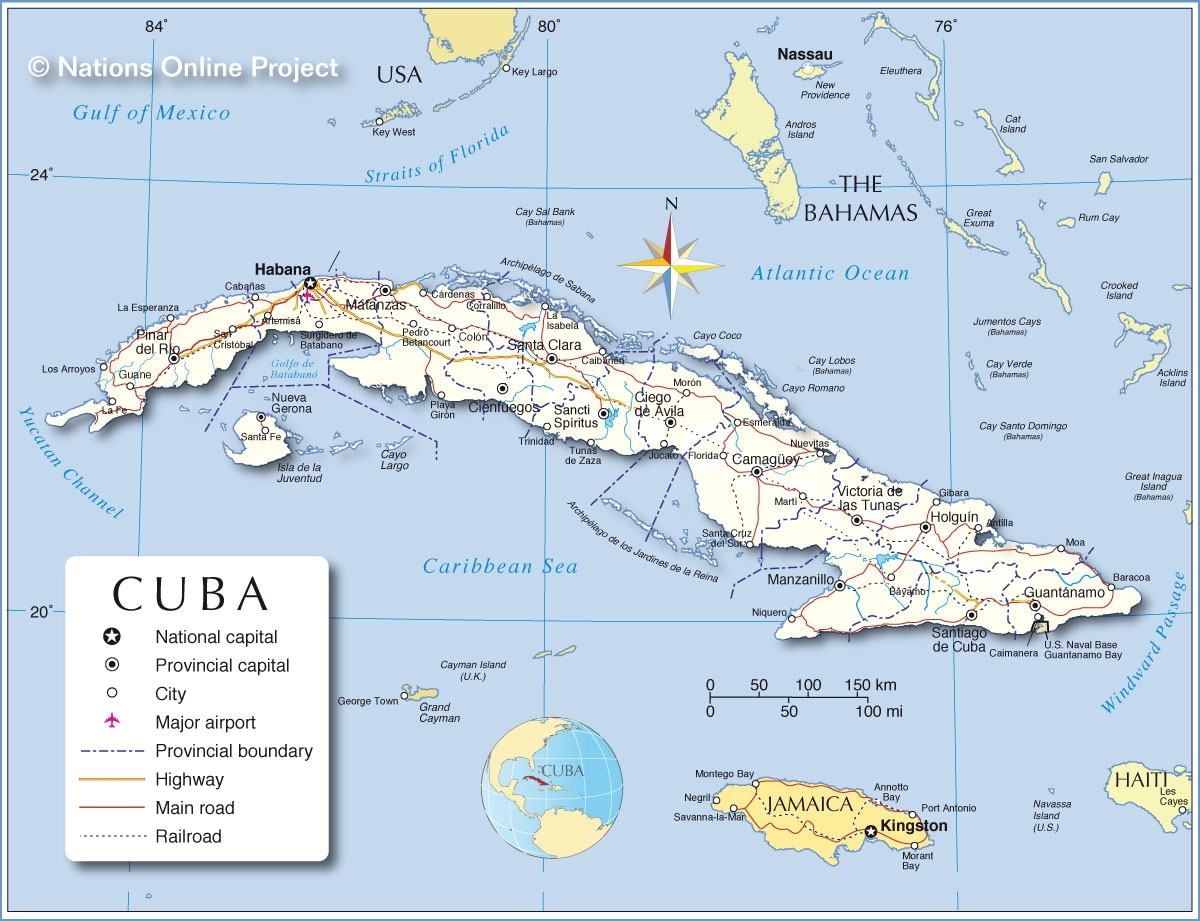Cuba Ranking In 2024 Corruption Perceptions Index (CPI): 41/100 And 82/180
/“Corruption is blocking progress towards a sustainable world
The 2024 Corruption Perceptions Index (CPI) shows that corruption is a dangerous problem in every part of the world, but change for the better is happening in many countries. Research also reveals that corruption is a major threat to climate action. It hinders progress in reducing emissions and adapting to the unavoidable effects of global heating. The CPI ranks 180 countries and territories worldwide by their perceived levels of public sector corruption. The results are given on a scale of 0 (highly corrupt) to 100 (very clean).
How are country scores calculated? Each country’s score is a combination of at least 3 data sources drawn from 13 different corruption surveys and assessments. These data sources are collected by a variety of reputable institutions, including the World Bank and the World Economic Forum. CPI scores do not reflect the views of Transparency International or our staff.
The CPI is the leading measurement for public sector corruption worldwide. Because it combines many different manifestations of corruption into one globally comparable indicator, it provides a more comprehensive picture of the situation in a particular country than each source taken separately. The process for calculating the CPI is regularly reviewed to make sure it is as robust and coherent as possible. This was done most recently by the European Commission’s Joint Research Centre in 2017.
What is the difference between a country/territory’s rank and its score? A country’s score is the perceived level of public sector corruption on a scale of 0-100, where 0 means highly corrupt and 100 means very clean. A country's rank is its position relative to the other countries in the index. Ranks can change merely if the number of countries included in the index changes. The rank is therefore not as important as the score in terms of indicating the level of corruption in that country. What does it mean if my country’s score has gone up or down?
Small fluctuations or changes in a country’s CPI score are not usually significant, which is why every year in the full table of results [.xlsx], we mark all those countries that have undergone a “statistically significant” change. This is a change which is reflected in a majority of the CPI’s underlying data sources. When only a few data sources register a change, this means that it is not yet clear whether public sector corruption has gone up or down in that country.”


